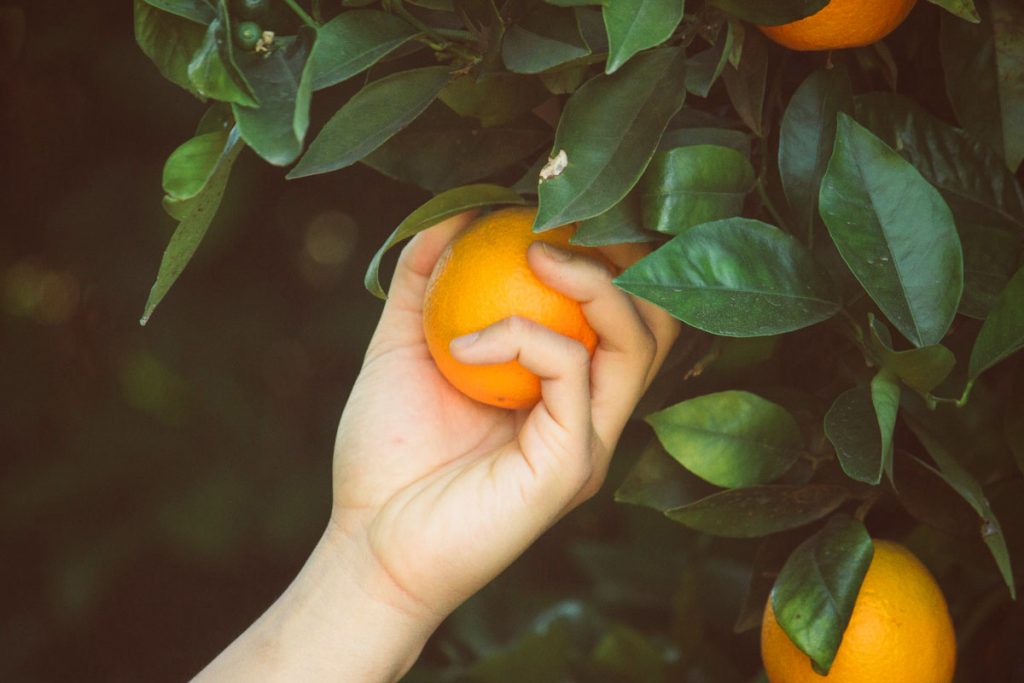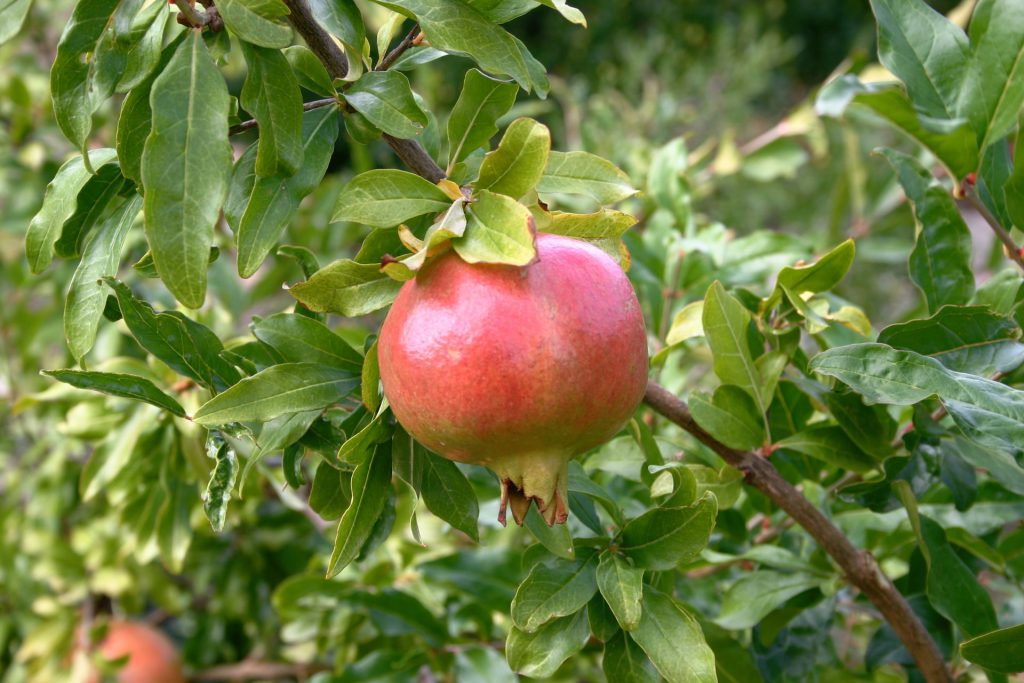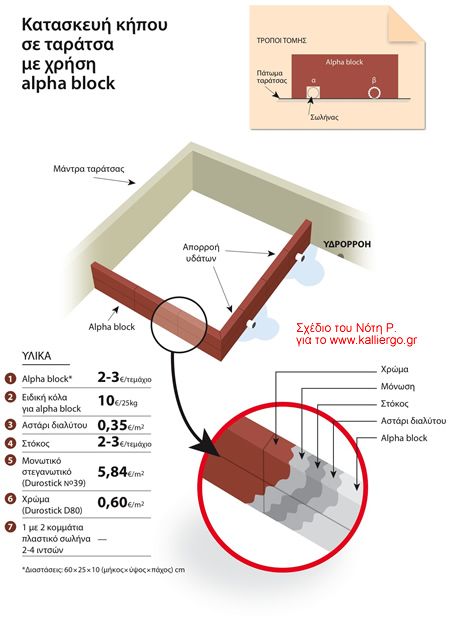In this article you will find information about the life span of fruit trees in years and after how many years they start to produce fruit.
You will find information about: Almond tree, Pear tree, Apricot tree, Damask tree, Olive tree, Citrus tree (Lemon, Orange, Mandarin), Walnut tree, Cherry tree, Cherry tree, Pine tree, Cinnamon tree, Lotus tree, Lotus, Apple tree, Mulberry tree, Mule tree, Moustard tree, Nectarine tree, Peach tree, Peach tree, Pomegranate tree, Fig tree, Cicely tree, Pistachio tree, Harvest tree, Date palm tree.
The trees also have their own life span. Like other living organisms, they grow, enter productive age and then age and die (wither). Below is the average life span for many productive trees.
Parameters affecting the lifespan of a tree
The actual lifespan of a tree that produces fruit and you have in your garden or arboretum depends on many parameters.
Parameters that fall into categories such as climate, soil condition, specifics of the place where it is planted, care it receives.
Some of the main parameters that affect the life of a tree are:
- Local climatic conditions
- Local local conditions in the area
- Years with little rain (drought) or years with a lot of rain
- Soil quality and condition
- Regular and correct fertilisation
- Infestation by diseases, insects, fungi
- Treatment or not of problems from diseases, insects, fungi
- Pruning practices or lack of pruning and removal of dead branches
It has also been observed that dwarf varieties have a shorter life span than normal varieties.
Finally, tree varieties that are better adapted to a region live longer than other trees introduced to that region.
tree lifespan
Almond tree (almond)
40-50 years
Pear (pear, asian pear)
150+ years
Apricot (apricot)
25 – 40 years
Plum (plum cultivated)
15-30+ years
Olive (olive)
500+ years
Citrus (lemon, orange, mandarin)
50+ years
Walnut
60+ years
Pecan (pecan)
200+ years
Cherry (cherry)
15 – 30 years
Cherry wild black (cherry wild black)
200+ years
Pinyon pine
Perennial
Quince (quince)
30-50 years
Persimmon (persimmon)
50-75 years
Apple (apple)
50-150 years
Mulberry (mulberry)
300 years
Loquat (loquat)
100+ years
Nectarine (nectarine)
15-20 years
Peach
15-20 years
Pomegranate (pomegranate)
30+ years
Fig (fig)
30-40+ years
Ginger (jujube)
100+ years
Pistachio (pistachio)
150+ years
Carob (carob)
100+ years
Date palm (date palm)
150 years
Time required for a tree to bear fruit
Just as trees don’t all live for the same number of years, they don’t all bear fruit as quickly.
The years from transplanting to first fruiting of a tree listed in the table below are valid under one assumption.
They refer to grafted trees that we have purchased from a nursery and planted 1-2 years after grafting.
Almond tree: 2-4 years
Pear (pear, asian pear): 4-6 years
Apricot (apricot): 2-5 years
Olive: 2-3 years
Citrus (lemon, orange, mandarin): 1-3 years
Plum (plum cultivated): 3-6 years
Walnut (walnut): 4-5 years
Pecan: 4-8 years
Cherry (cherry): 3-7 years
Quince: 3-5 years
Persimmon: 3-4 years
Apple tree (apple): 2-5 years
Mulberry: 2-3 years
Loquat: 2-3 years
Nectarine: 2-4 years
Peach (peach): 2-4 years
Pomegranate (pomegranate): 4 years
Fig: 2-4 years
Jujube: 3 years
Pistachio: 5-7 years
Carob: 6-7 years
I hope you found this information useful.
Such information about trees helps us to understand what is going on with our trees and also to plan our plantings so that we have a continuous production.
Source:
LEAF Network
Photo:
Photo by Brienne Hong on Unsplash
Tags: ALMOND TREE • APPLE TREE • APRICOT TREE • CHERRY TREE • FIG TREE • GARDEN • LEMON TREE • OLIVE TREE • ORANGES • PEACH TREE • PEAR TREE • POMEGRANATE-TREE • TANGERINE TREE • TREES





